Donald Trump gave his much-anticipated foreign policy speech at an event hosted by the Center for the National Interest today. It was contradictory in parts and repeated standard Republican criticisms of President Obama, but there was a clear message that is consistent with what Trump has said before. It was not the shift in substance that some predicted. There were several notable takeaways, most of which confirmed what we already knew.
1. Trump will end U.S. alliances in Europe and Asia
Trump was more specific than usual about his beef with America’s allies. He said,
“We have spent trillions of dollars over time—on planes, missiles, ships, equipment—building up our military to provide a strong defense for Europe and Asia. The countries we are defending must pay for the cost of this defense—and, if not, the U.S. must be prepared to let these countries defend themselves.”
Trump is not asking them just to increase their defense budgets to 2 percent of GDP (a long-standing U.S. claim), nor is he asking them to pay a greater share of overseas bases. Trump is asking the allies to pay for a significant share of the U.S. defense budget that enables the United States to be militarily present in Europe and Asia. This would run into hundreds of billions of dollars per year. Trump’s demand is based on his stated belief that the United States has no-self interest in being in Asia or Europe. Needless to say, America’s allies cannot write a check to cover a significant share of the U.S. defense budget, which means he will then have an excuse to pull out of the alliances.
2. Trump has an isolationist mindset
Trump believes that the United States has defined its national interest too broadly. He said today,
“We will no longer surrender this country, or its people, to the false song of globalism. The nation-state remains the true foundation for happiness and harmony. I am skeptical of international unions that tie us up and bring America down, and will never enter America into any agreement that reduces our ability to control our own affairs.”
Trump also described his foreign policy as “America First,” which was the slogan of Charles Lindbergh and the isolationists of the 1930s. Isolationists were never opposed to acting when America was directly threatened but they were opposed to proactively shaping the world so it provided a healthy environment in which the country to flourish and prosper. Trump could not be clearer that he agrees with the isolationists on this and wants to revert back to an age where the United States does much, much less in the world than it does now. He opposes democracy promotion, multilateralism, security guarantees, and, implicitly, keeping the global commons open for use by all nations.
3. Trump wants to do a deal with Russia and China
Trump made no mention of the threat Russia poses in Europe although he made a vague reference to “serious differences” with Russia and China. He then said:
“I believe an easing of tensions and improved relations with Russia—from a position of strength—is possible. Common sense says this cycle of hostility must end. Some say the Russians won’t be reasonable. I intend to find out. If we can’t make a good deal for America, then we will quickly walk from the table.”
Trump made it very clear that fighting “radical Islamic terrorism” is his top priority. One can easily imagine a deal to cooperate on that in exchange for allowing Russia a sphere of influence in Eastern Europe.
Trump criticized China on economic grounds and for industrial espionage. He said nothing about China’s challenge to U.S. power in East Asia, which he is on the record as saying is of no benefit to the United States anyway. He said,
“Fixing our relations with China is another important step towards a prosperous century. China respects strength, and by letting them take advantage of us economically, we have lost all of their respect. We have a massive trade deficit with China, a deficit we must find a way, quickly, to balance. A strong and smart America is an America that will find a better friend in China. We can both benefit or we can both go our separate ways.”
Again, one can see the contours of a deal. China gives a President Trump something on the economic front and he gives China more leeway in East Asia.
4. Trump’s audience was the Republican political establishment, not its foreign policy elite
Trump was never going to convince Republican internationalists that they should support his foreign policy. His target audience was the Republican domestic and political establishment. He needed to convince them that he had a foreign policy they could live with. Trump did this by repackaging his isolationism in realist language and by framing his views as protecting the national interest. A secondary audience was foreign policy realists. Realists have been marginalized in the Republican Party since 1992. That he gave the speech at the Center for the National Interest was significant. We can expect realist commentary in the coming weeks about how Trump has a point on several issues.
5. Trump views foreign policy very personally
Trump spent quite a lot of time talking about how important it is that other leaders respect the American president. He complained about foreign leaders not meeting President Obama when he stepped off Air Force One. He spent a couple of minutes on Obama’s unsuccessful effort to win the Olympics for Chicago. This gave us a window into the temperament of a President Trump—he would read a lot into what others said about him and on his personal rapporteur with other leaders. He would likely to be drawn to men like him.
World reaction
Nothing in this speech will ease widespread international concern at Trump’s foreign policy. If anything, concerns will grow as Trump demonstrates an ability to present an isolationist “America First” vision as a more mainstream realist foreign policy. We are headed for an election on fundamental questions of America’s role in the world.
The Brookings Institution is committed to quality, independence, and impact.
We are supported by a diverse array of funders. In line with our values and policies, each Brookings publication represents the sole views of its author(s).

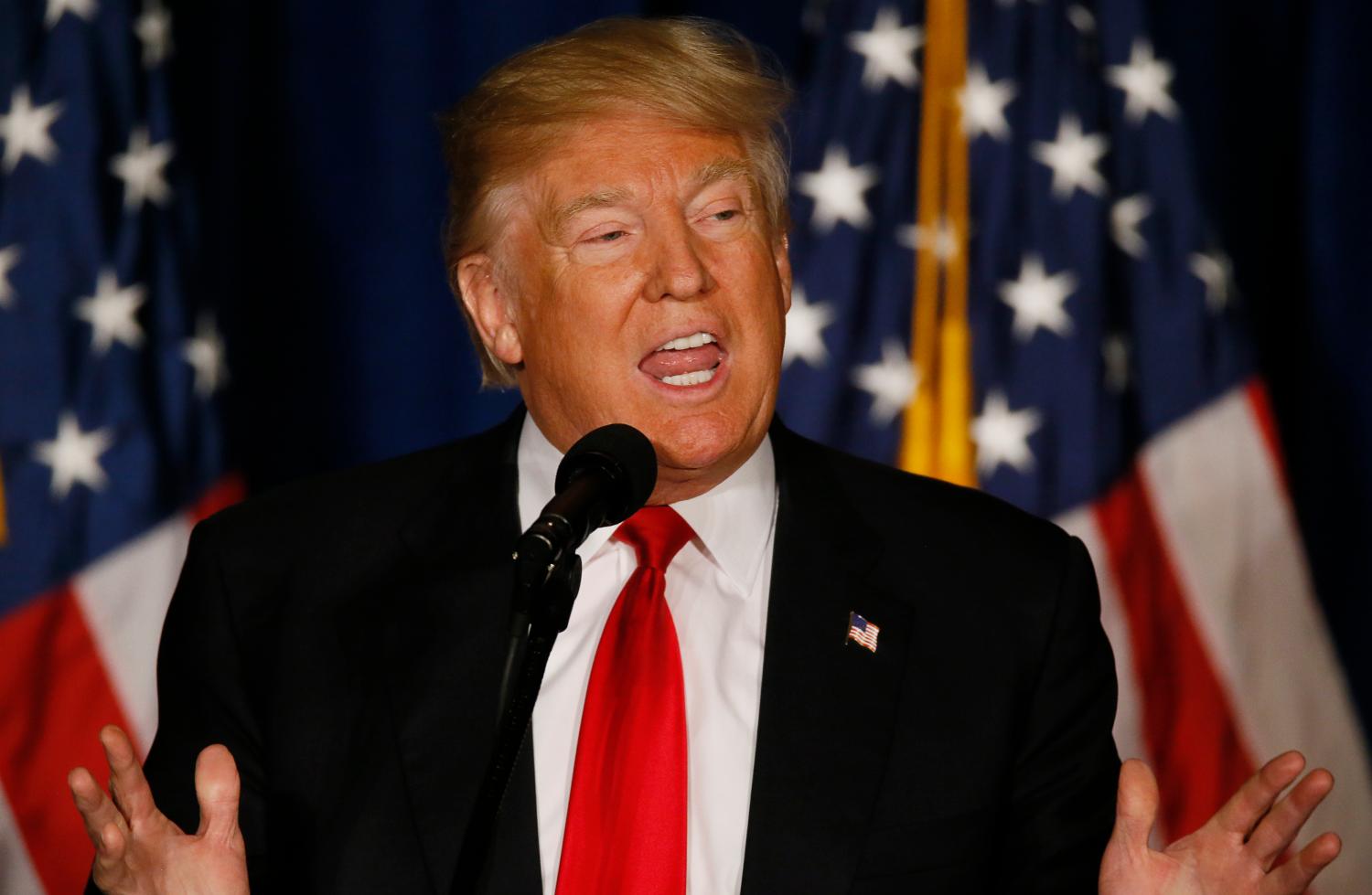
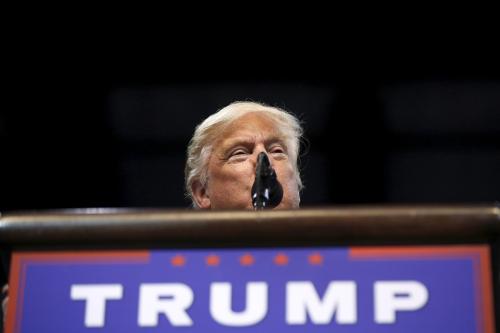
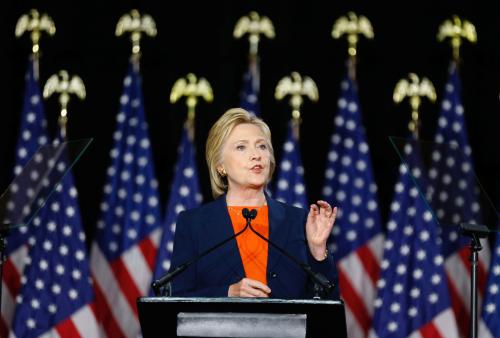
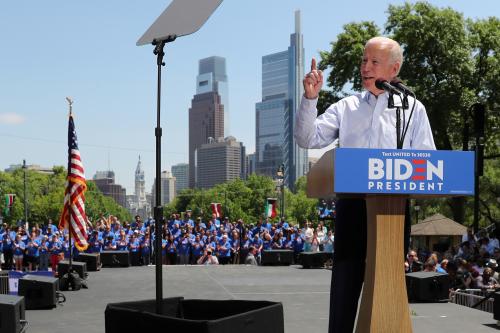
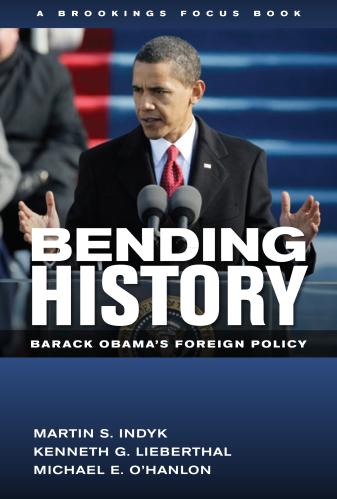
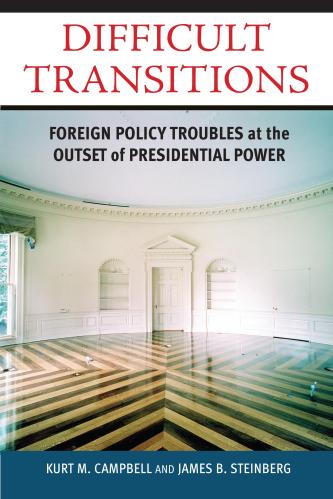
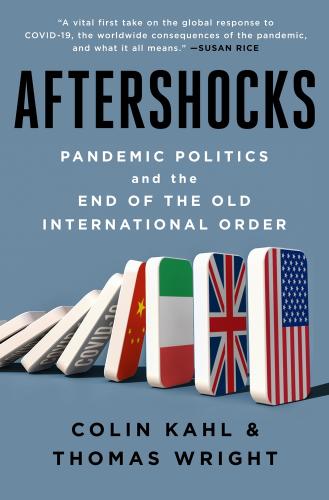



Commentary
Five things we “learned” from Trump’s foreign policy speech
April 27, 2016